Sanding off those rough edges.
Deck13 has largely made a name for themselves by adapting the Fromsoft formula across both 2014's Lords of the Fallen and their futuristic follow-up in The Surge. So when it was shown that the team would leave that formula behind in favor of a character action game, I was more than intrigued. While Atlas Fallen can often show promise to become something special for the studio, it suffers from a host of issues that are as apparent as the grains of sand that fill its massive deserts.
Within moments, you’ll grasp much of what Atlas Fallen is inspired by. From Darksiders to the origins of God of War and Devil May Cry, Atlas Fallen is an open-world character action game of yesteryear. It can be vastly enjoyable and full of energy one moment and bordering on frustration the next. While the bulk of my time was largely positive, with co-op having a good amount of responsibility there, I still walked away from it feeling somewhat satisfied, even if the game’s final confrontation felt incredibly underbaked and ultimately disappointing.
Atlas Fallen is the type of action game that AAA has largely left behind. You’ll get traces of it in the likes of Jedi: Survivor or what has become of the Assassin’s Creed series, and of course, with Devil May Cry 5, but this sort of game reaches back to an era that we don’t see too many big publishers diving back into. This often leaves AA studios to own this space, even if they lack the budget to break new ground within the genre. Atlas Fallen has some interesting ideas, and at times can be an absolute pleasure, but the bulk of what is here are mechanics and systems we’ve grown up with, combat, and platforming that we’ve seen a hundred times before. I wasn’t expecting Deck13 to revolutionize gaming, just that they would deliver a game that I could at least consider fun, and for the most part they did.
Your adventure takes place within the world of Atlas, comprising a few locations that vary from large open deserts to lush forests and dark and brooding valleys. Each environment provides a decent amount of diversity, especially given that most of the promotional material surrounding Atlas Fallen has largely been that of the game’s opening desert location. While you could certainly leg it across these vast open areas, Atlas Fallen instead presents far more enjoyable methods through a multiple dash as well as the ability to glide across the sand. This method in particular is immensely enjoyable, even if a few locations that lack sand don’t offer any sort of alternative, leaving you to simply go it on foot or the repeated use of your dash. I was also surprised that not a single activity presented in the game took advantage of its sand surfing, with not a single timed trial race to be found.
As a slave turned hero, you’ll wield a mysterious gauntlet that grants you control of the very sand beneath your feet. You’ll be tasked with taking down an evil god that has enslaved the people of Atlas. Thelos, the Sun God, has forced the populace to mine away endlessly for a magical substance known as Essence. As they have gathered this substance to offer as tribute, the world has been plagued by monstrous creatures known as Wraiths. As they ravage its lands, the people call on Thelos for his protection, unaware that the wraiths are of his own design.
Similar to the likes of Forspoken and Batora, you’ll wield a magical relic that has its own personality and voice. The gauntlet houses a spirit by the name of Nyaal, a trapped soul from time long past. Nyaal is eager to aid you with his power, as his last battle against Thelos didn’t exactly fare so well, causing the gauntlet to detonate and fracture, casting fragments of its abilities all across Atlas. Collecting these fragments is how your powers will progress, granting you key abilities when you’ll need them to advance the story. It’s a typical generic formula that gamer’s know all too well.
Given the history of the gauntlet, you’ll meet a small collective of supporting characters, some of which know of Nyaal’s last battle, but are unaware of his presence within the gauntlet itself, or that of him at all. These people are uncertain about the continued use of the gauntlet, given its catastrophic past, citing the relic as being cursed and doubting your own ability to wield it, let alone to keep it stable. While the cast is not extensive, you do have a few allies that you'll engage with fairly reliably, even if not a single soul is even remotely memorable.
Part of why I wasn’t too invested in the story here, which is a shame considering some of its later moments are fairly well done, is that so much of its cast is simply boring and uninteresting. The lore itself is pretty decent as you learn more about Atlas and its current standing, but nearly every soul you encounter doesn’t really seem to matter much in the end. Characters like Tracker, Arif, Khendra, or even the Thousand Year Queen, are ultimately forgettable and rarely factor into anything substantial. Their story bits are also far too simple, sometimes too brief, and largely predictable, never surprising you or having that moment that makes them really stand out.
While I don’t believe that the game is poorly written, the execution of its voice talent is another thing entirely. Some conversations don’t feel directed well enough and some voices don’t always feel like a natural fit for certain characters, making them feel bored or like they belong in a whole other game. Nyaal, for example, is a character critical to the story, but the character’s voice didn’t suit them and prevented the character from really clicking with me. His delivery is often without emotion or passion, with dialogue being delivered in a way that felt boring or dry. This caused me to not want to engage with the character as much as I wanted to, especially given his ties to everything that is around the both of you.
Then we have your own character, the gauntlet bearer, who is surprisingly bland and far too generic, one who is insistent on saving their people, but lacks anything personal here to make this crusade one worth pursuing. Had the game opened with something to make me care about them or those they want to protect, such as wraiths being responsible for the death of a loved one, then I would have felt more connected to their journey and them as a character. This continues in their relationship with Tracker, a woman who clearly has their well-being at heart, but we never really get to understand the connection between the two.
The inability of the game to give me a decent character to work with, or even an antagonist to hate, caused the story to not have the weight I wish it had. Thelos as a concept is terrifying, but his presence is just not here. You begin the game with someone who totally could have fit the bill as a solid bad guy, but he barely factors into anything later on, with the game ending on such a disappointing finale that my co-op partner and I were both literally speechless. It’s not that the story is inherently bad, it’s a solid good versus evil tale with an impressive concept of the events surrounding Nyaal, but the game lacks real moments of tension and intensity to make me care about the events that are taking place. While we learn more about the previous gauntlet bearer, their story just failed to keep my attention. Had the game opened with that battle, as a taste of things to come, then being in that moment could have been the connection I was seeking there.
Apart from the main story, you have a few activities to take on as well as a wealth of side quests. From jumping puzzles to hidden chests to shrines to destroy, you’ll keep fairly busy should you feel the need to tackle everything in your sight. You’ll also have watchtowers to destroy, which clear the sand storms that plague each location. Then you’ll also have a series of elite boss encounters to being whisked away to a series of arena battles by the ever-present watcher, a symbol of Thelos that occupies the sky. These were always fun and provided some decent rewards for completing them.
Side quests; however, can vary from being fine to pretty disappointing, often having you sent out simply to kill wraiths or follow a group of animals, often rewarding you for your trouble. In my first playthrough, I completed every single side quest, with only the continued plot surrounding the thief being the single quest I found to be even remotely engaging. While the game can take anywhere from around 15-25 hours, I can see people skipping most of the game’s lesser quests and wrapping it easily in under 20. As for my playthrough of tackling every quest and activity, but not every chest hidden around the world, my finished time was just over 22 hours. I’ll also stress that I have beaten the game twice, with two separate co-op partners, exploring almost every nook and cranny, boosting my overall playtime to well over 35 hours.
While combat and exploration will fill a good portion of that length, you'll have a fairly deep series of customization options to play around with as well. Whereas the character creator is a bit too basic, with some pretty limited options, the same cannot be said for everything else provided to you. Atlas Fallen features about a dozen armor sets, and bonus items like pauldrons, helmets, or these weird chestplate shields that are just far too big and cumbersome to be viable fashion choices. Still, the variety of armor is greatly increased by the ability to dye numerous pieces of it. Each armor set grants around 4-5 slots to dye, with dozens of dyes to unlock through quests, chests, or through the vendors that occupy most towns, or the traveling vendor you'll meet frequently throughout the story. This allows you to make the same armor set look a bit different from the same one your co-op partner might also be wearing.
Each armor set can be upgraded a few times, boosting its overall stats. Each set also has bonuses that vary on what types of Essence stones you have equipped, which I'll be getting into those shortly. These grant stat bonuses like additional defense or increasing your overall damage. Each upgrade across all armor sets also grants you a perk point. Atlas Fallen features 12 perks that can each be leveled up, from earning more gold from enemies to providing a boost to your sand surfing, should you snag a plant while gliding that is. Perks are pretty useful to get the most out of various systems, making the need to level up each armor set something that is actually worth doing, even if that armor set doesn’t match your overall playstyle.
Given how quickly you can earn armor, especially at a few points in the early and late game, you'll end up needing a lot of Essence Dust to upgrade them, likely just spending it on an armor set you may have just received less than an hour before or through unlocking your Essence Stone slots. This resource is easily gained by simply engaging in fights, making it easy to come across as battles are practically everywhere. Thankfully, you can also transmog all armor sets, allowing the visuals of a set you may prefer to be the visual look of what you have currently equipped. It's a nice feature to see included right at launch.
Within the game's first 4-5 hours, you'll have access to each of the game's three core weapons: Dunecleaver, Sandwhip, and the Knuckledust. Dunecleaver starts off the set in the form of a swinging axe, able to do exactly what its namesake provides. It's a capable weapon to start, but once I had access to the Knuckledust around 4-5 hours in, I benched the Dunecleaver for the remainder as running around with sand-infused fists was just too damn fun. The Sandwhip feels like their interpretation of the Blades of Chaos, giving you decent range but largely a must-have in your arsenal solely for the ability to latch onto airborne foes and propel yourself toward them, allowing you to remain in the air for as long as you can keep up your combo.
An issue that I had with the weapons is that it is sort of weird that you always have one weapon on the sidelines. Had your arsenal been four or five, then I can understand some being benched. But having just one weapon not available at all times, without switching or selecting one of your presets, felt odd, especially as B is not used during combat. While it is the button used to interact with pickups, I can’t help but feel that something could have been done to allow everything to co-exist.
Combat; however, is far more involved than just swinging your weapons and gutting the variety of sand demons plaguing Atlas. Combat flows through a Momentum bar, split into three tiers. Each tier has a core ability, something that acts as an offensive or defensive skill, as well as unlocking your weapon’s ascension look and special ability. Then you have two to three slots for passive skills, such as random energy blasts seeking out enemies or pulling off a perfect parry and that action healing you and your ally. You'll unlock each Momentum slot as you progress through the game, likely having access to the whole bar in around 6-8 hours, that is if you don't spend all your Esscense Dust on your armor, anyway.
Essence stones are various skills and come in five different colors; red for damage, green for support, purple for tricks, blue for momentum, and yellow for survivability. Each Essence stone then comes in a variety for each tier; bronze, silver, and gold. You can also upgrade each Essence stone, boosting their effect and making them even more vital to your kit. And, as you fuse together new Essence stones, or earn them from a variety of quests, chests, or events, you'll find the perfect ones to eventually create a build out of the more than 150 unique Essence stones to collect. To compliment said builds, you also have Idols, which are ways in which you’ll heal your character. From having your heal grant you more defence, or granting you more healing at the cost of its speed, Idols vary in how they function and what they provide.
Now, once you have your Essence stones equipped, using them in battle is as easy as building up your Momentum gauge. By attacking and pulling off your skills, your Momentum gauge fills. Each Essence stone slot has a marker within the guage that once filled to that point allows for the activation of that Essence stone. So, placing something you want first is crucial to being able to use it faster than something down the line. There are numerous ways to have your Momentum gauge charge faster, from bonuses within certain armor sets to certain Essence stones that can grant an AOE that increases the charge rate of your Momentum.
Honestly, for as generic as some of what Atlas Fallen provides, this is a pretty good system as it allows for a bit of risk-reward in that a fully charged tier of your Momentum gauge can also be used as a special attack called a Shatter. As your Momentum gauge fills, you’ll become stronger, with your weapons changing forms, but also take greater damage as a result. While you can pull off a Shatter attack with a single Momentum gauge, that attack is greatly increased if you save it up, utilizing all three bars to pull off a major attack and then letting loose a full three-bar Shatter attack. Enemies take considerable damage with these attacks but can be instantly defeated should their health bar glow blue, indicating that a Shatter attack will fully consume their health.
As wraiths are monsters born from the sands, they do share an overall look but do vary greatly in their designs and combat abilities. I think there are some strong concepts here with a few enemies that I thoroughly enjoyed fighting with a few that I could have done without. The Shellbasher, which is essentially a giant crab, is one of the first major threats you’ll encounter. These battles were always fun and honestly, was the only fight that had me even use my parry attack, freezing them in place once I pulled off the timing three times, as indicated by a very apparent sound alert. Other greater wraiths that were enjoyable were the scorpion-like Spiker, to a few colossal wraiths in the Marauder and Conjurer, each providing very well-designed fights. One wraith that I couldn't stand was the Soarer, largely due to their close-range nature and the camera often not collaborating with me well enough. This is on top of a targeting system that would barely function well enough to get the job done.
Each of the higher tier wraiths, from greater to colossal, feature weak points. From their arms, legs, tails, or heads, these are areas that you can target to systematically dismantle them back to their more privative sand forms. This allowed you to work together on taking out those weaknesses with your co-op partner, often seeing them change their attack behavior if you took out their head first, which seemed to be the case with the Shellbasher. You’ll also have to worry about mobs entering the fight as not only do they distract you, but the flying Mender types can heal those you are focused on.
While combat often soars, through your abilities and satisfying ground-to-air combat, it is nonetheless plagued by a few issues that did sour some of my time here. If it wasn’t the camera, it was the lock-on, often preventing me from targeting what I actually wanted. I also had issues where my lock-on wouldn’t work, and this was pretty constant. I had similar issues where some of my attacks wouldn’t hit my foe, often having me phase right through them. While some of the issues I’ve had are primed for a patch, which went live as of this morning, I also experienced a good amount of close-range pop-in and character textures not loading. This is on top of entire areas being black after a fast travel to music not playing during entire battles. I would say that during my 22-hour first playthrough, I experienced a technical issue several times an hour, constantly. While my hope is that most of these issues are fixed for launch, these are only “known” issues that the developer is aware of.
Atlas Fallen, as mentioned, is a game of its inspirations. In both gameplay and visual design, you feel that sense of the era being part of its DNA. While I don’t feel that the game is visually stunning, especially in its human faces and animations, its environments are fairly impressive, even if they are plagued by some horrendous invisible walls that really sour much of this game’s cause for exploration. While there are times when Atlas Fallen can feel like an HD remaster of an Xbox 360 game, the title does take advantage of a decent framerate and resolution, with some occasionally good texture work, but even that is very inconsistent.
Atlas Fallen allows its entire campaign to be played with another player, with drop-in and drop-out co-op that works rather well and is more or less seamless to take part in. What I found incredibly cool about how it works is that players can be on the entire opposite side of the map and engage in quests, battles, and more, with all items, rewards, and experience shared between both players. Exploring the few areas without any real tether or limits was downright impressive. Playing in co-op also benefits combat as it allows different builds to co-exist and work to each other’s weaknesses, that, and seeing the both of you trounce a boss at the same time is nonetheless thrilling. I also enjoyed how certain puzzles benefitted from having another player, such as the crystal pathing quests where you follow a laser trail to its next node. By having a second player, you can address gaps in distance to follow their trail quicker, resulting in failure not feeling so defeating.
After greatly enjoying what Deck13 has built in the last few years, seeing them pull from another genre is exciting, even if Atlas Fallen doesn’t always hit the mark. I think it succeeds more than it fails, even despite the technical issues present during the review build. While I had hoped that its story would have been a high point, I still found its combat, customization, and traversal to almost make up for it. While the game is still fully enjoyable on your own, co-op simply is how this game should be experienced as it enhances nearly every single aspect of it. While Atlas Fallen may stumble in the sand, it can also elegantly glide across it, making for a pretty fun adventure if you’ll take it for what it is.
Developer - Deck13 Interactive. Publisher - Focus Home Entertainment Released - August 10th 2023. Available On - Xbox Series X/S, PS5, Windows. Rated - (T) - Blood, Language, Violence. Platform Reviewed - Xbox Series X. Review Access - A review code was provided by the PR/publisher for the purpose of this review.


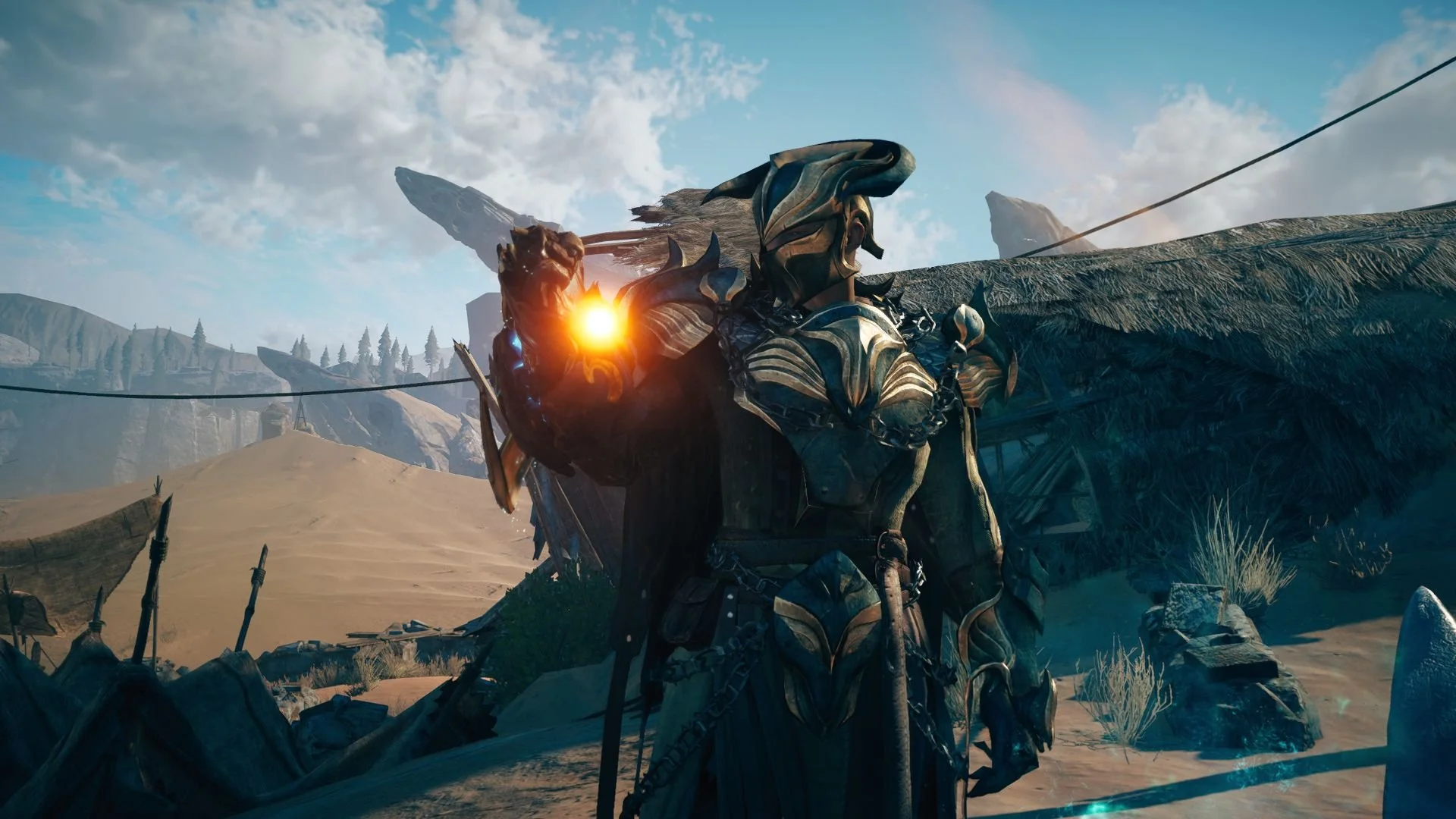

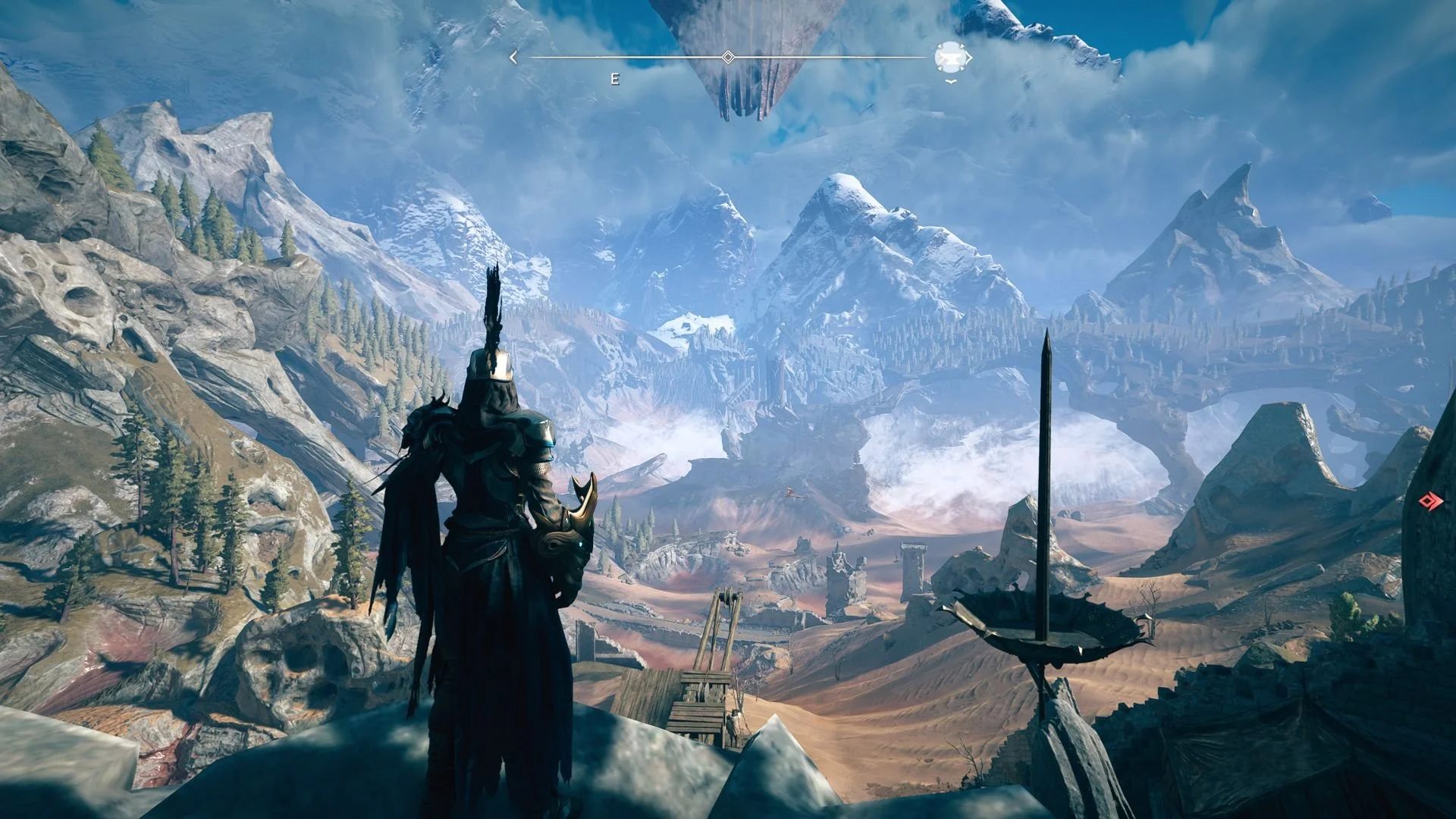
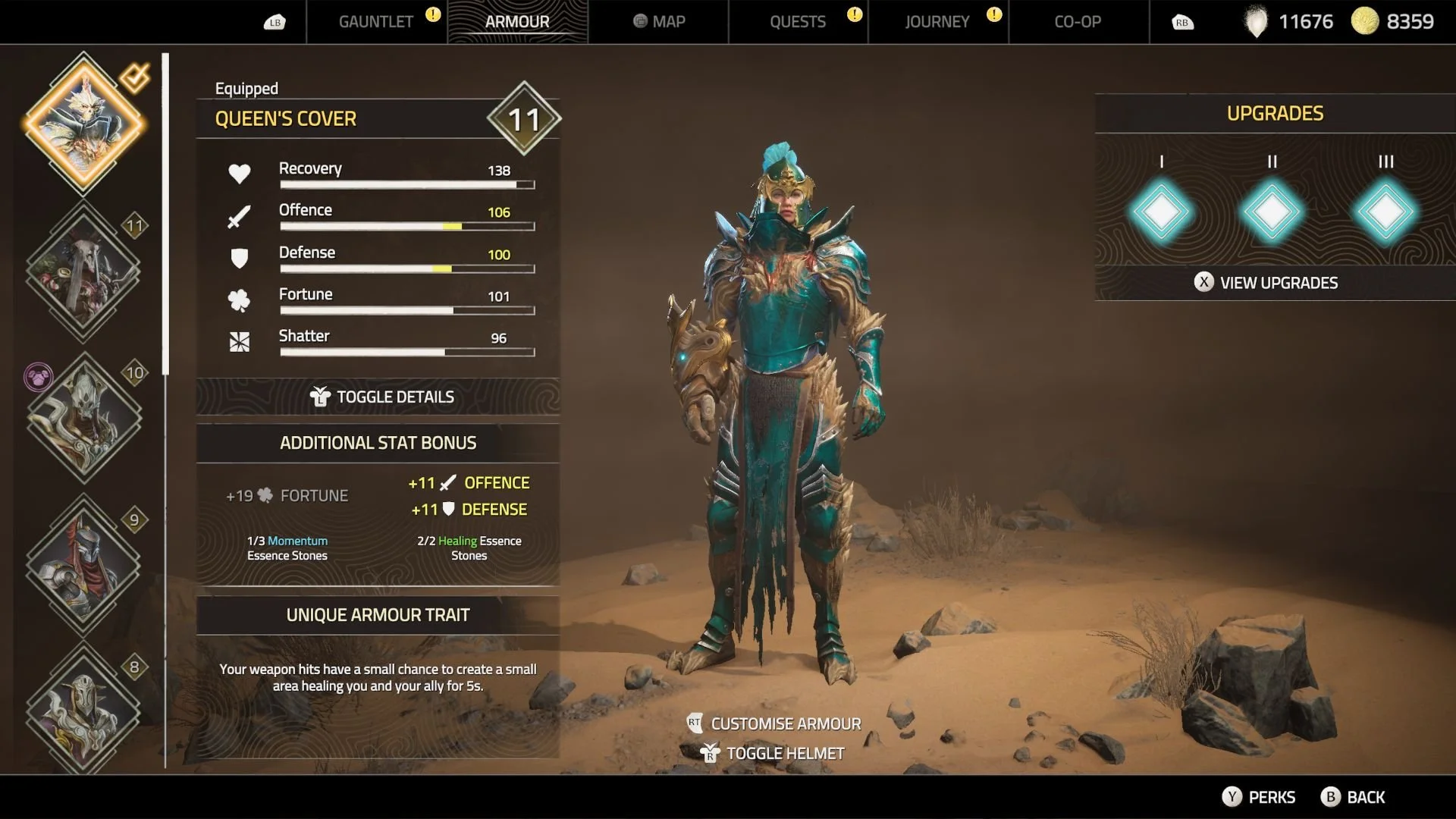
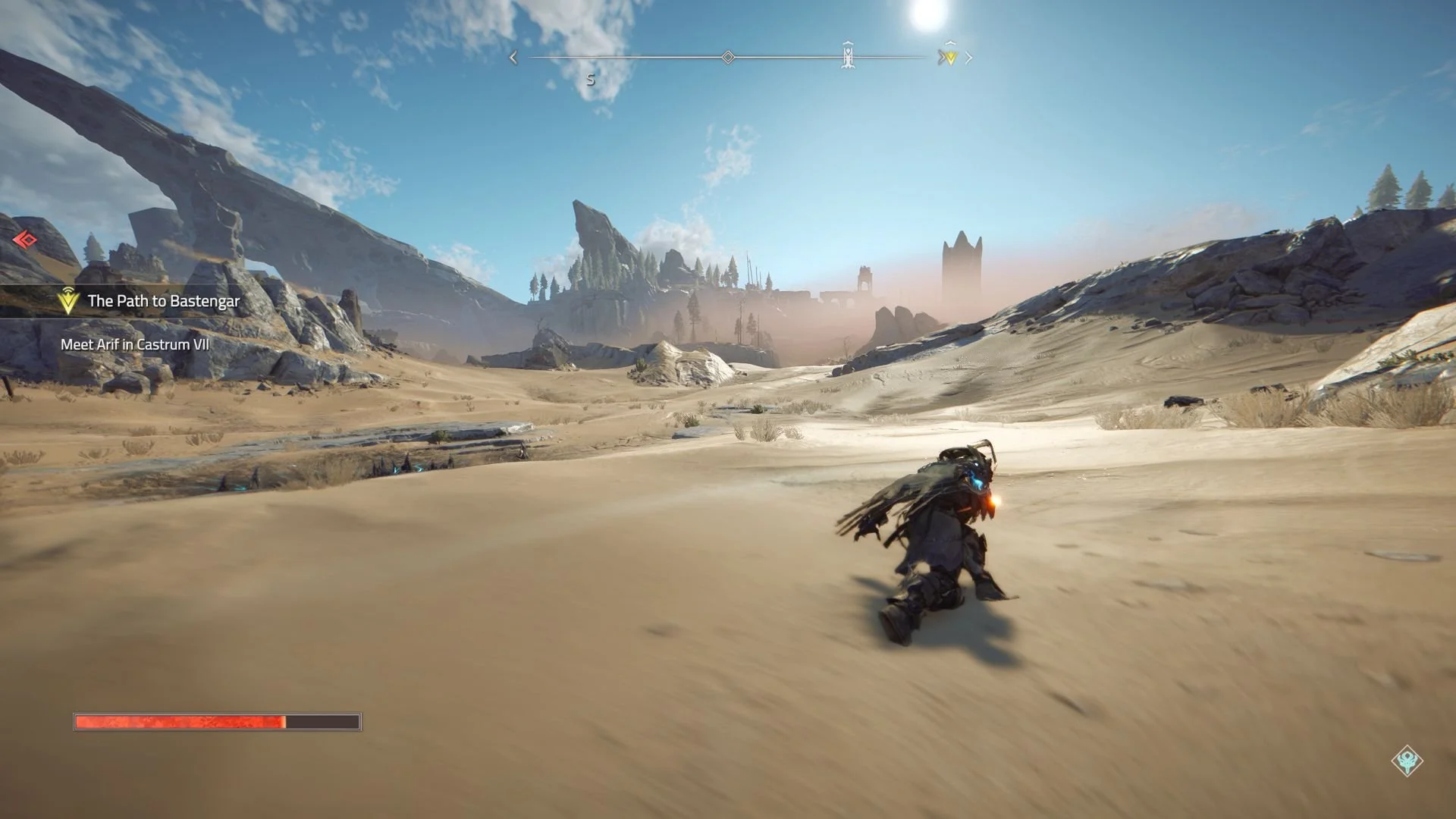


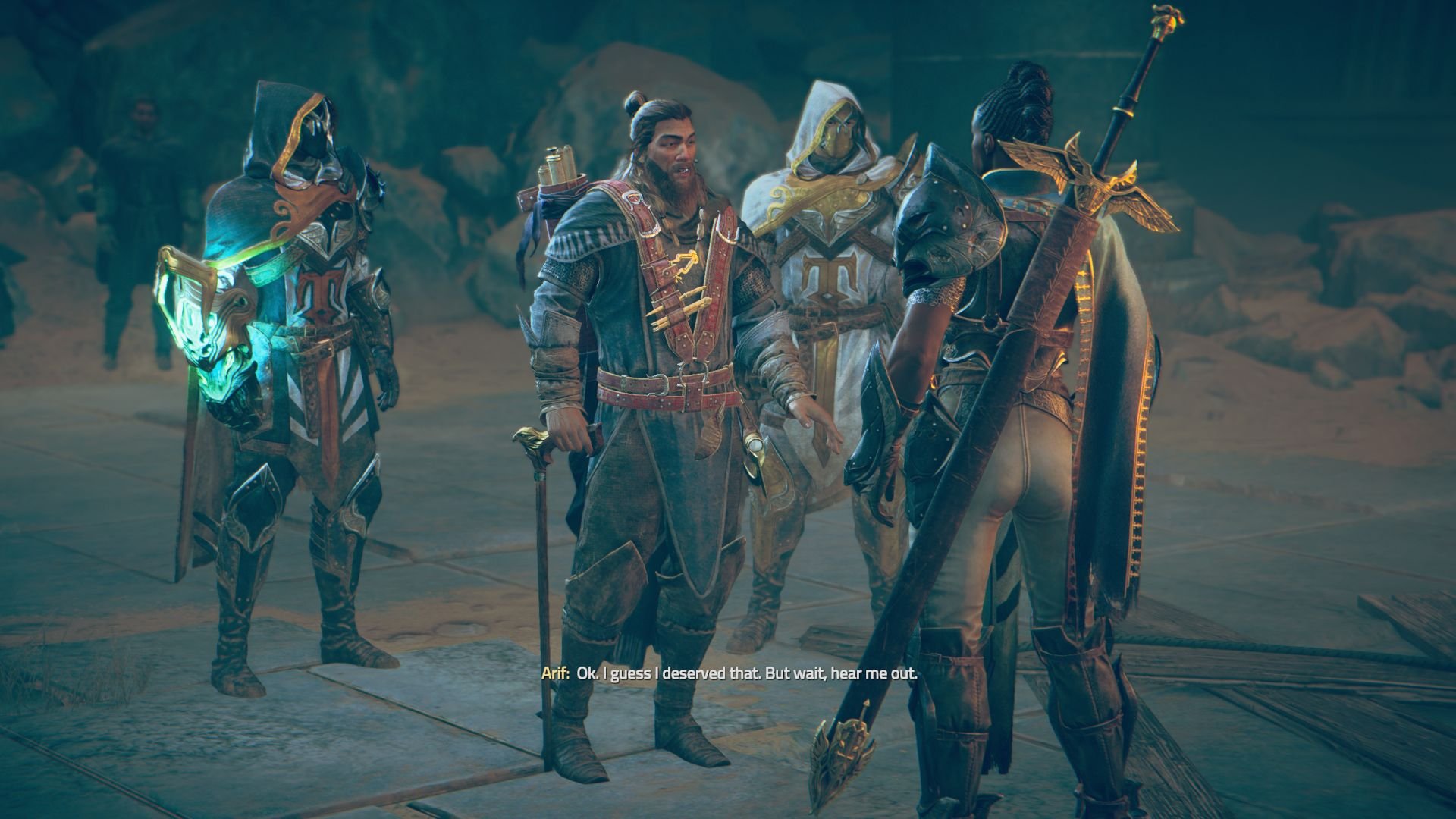

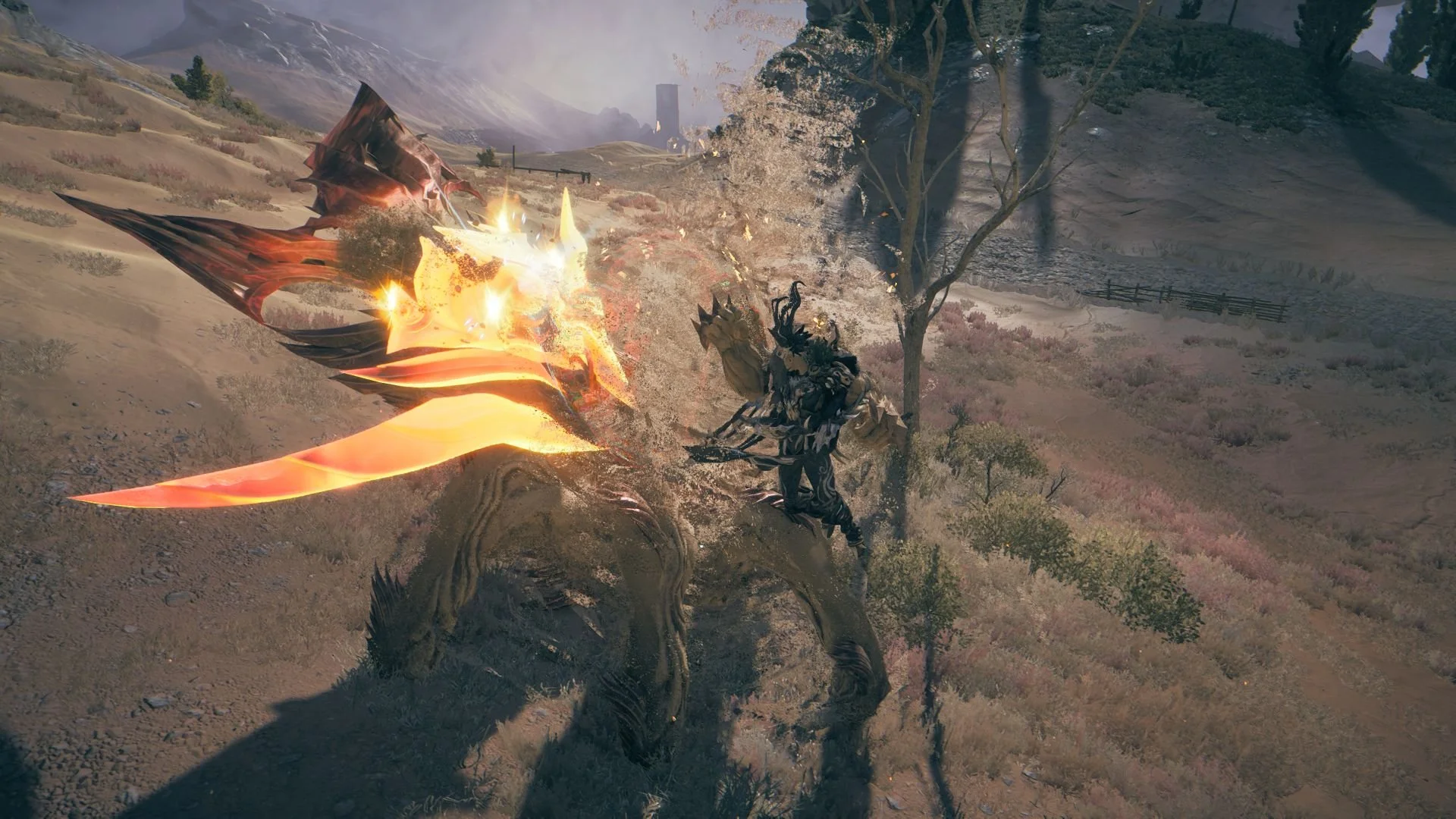

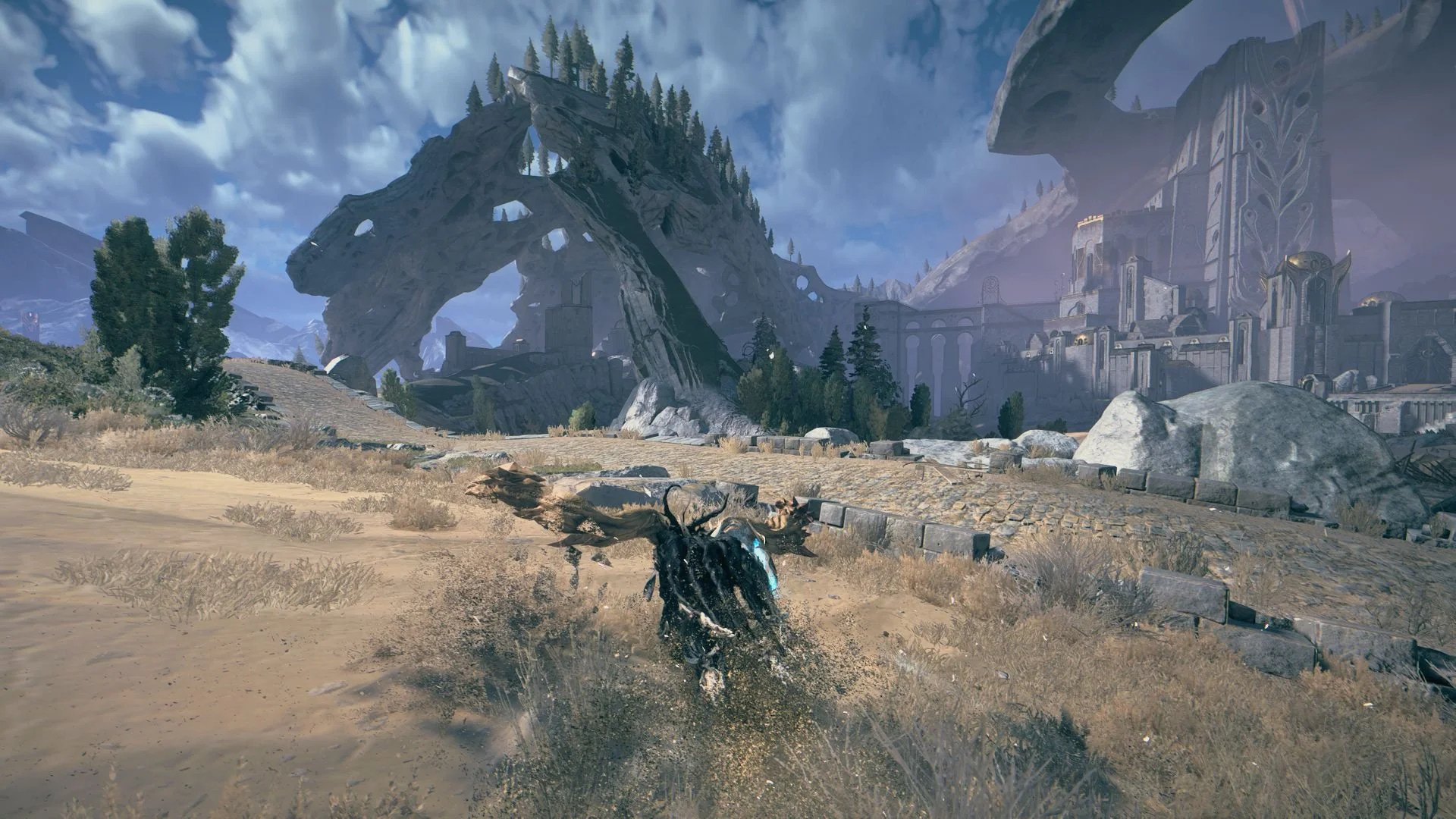
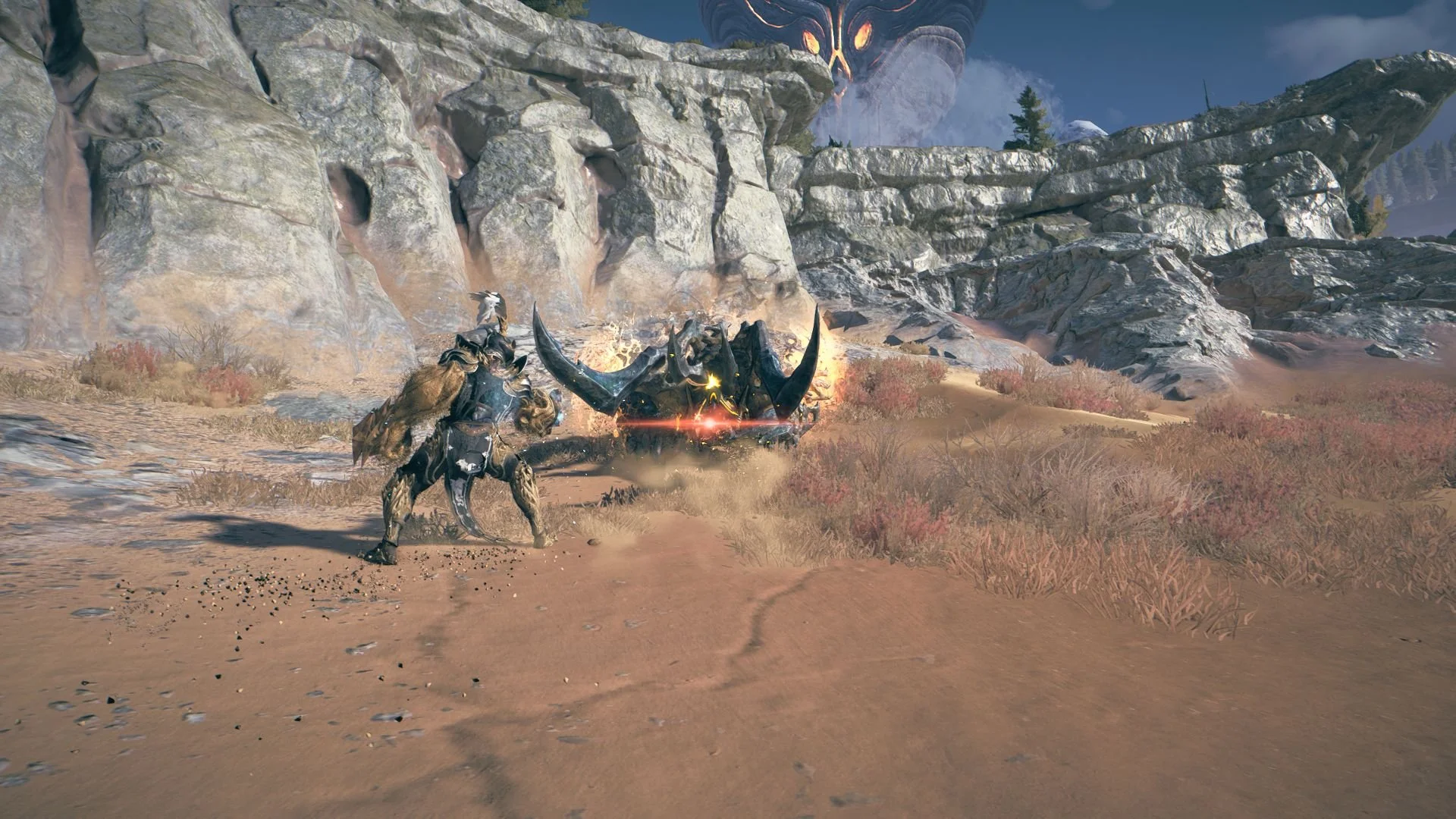







Jeff is the original founder of Analog Stick Gaming. His favorite games include The Witcher III, the Mass Effect Trilogy, Hi-Fi Rush, Stellar Blade, Hellbade: Senua’s Sacrifice, and the Legend of Heroes series, especially Trails of Cold Steel III & IV.